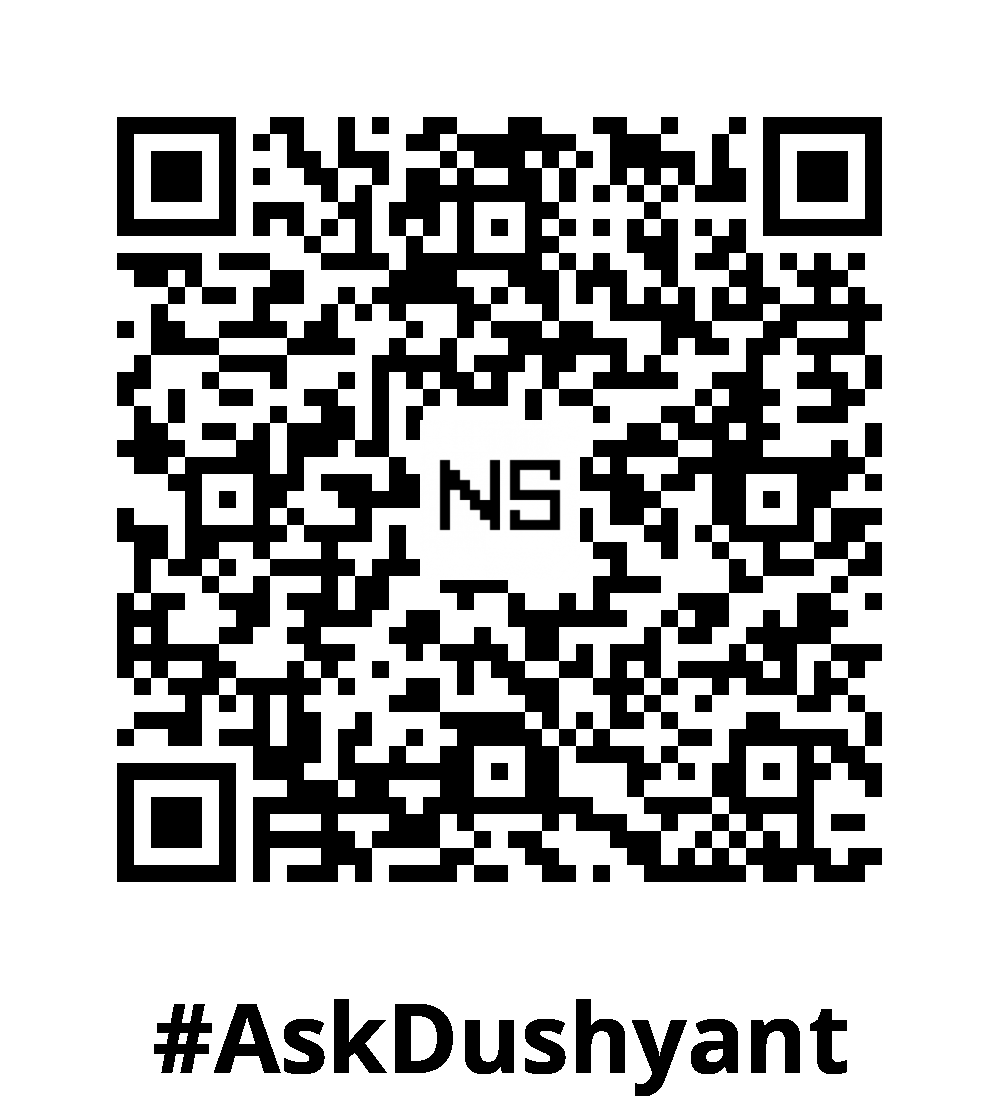Your smartphone knows more about your movements than you think. Many apps silently track your location—even when you’re not actively using them—through a technology called geo-fencing. This feature helps deliver personalized services, but often at the cost of your privacy and data autonomy.
In this tech concept, you’ll learn how geo-fencing works, how apps use it behind the scenes, and how you can take control of your location data. For over 20 years, I’ve been building the future of tech, from writing millions of lines of code to leading transformative initiatives that fuel remarkable business growth. I empower startups and businesses to harness technology’s power and make a real-world impact.
What Is Geo-Fencing?
Geo-fencing creates an invisible boundary around a physical location. When your device enters or exits that boundary, it triggers an action in an app.
How Geo-Fencing Works
- The app sets virtual coordinates (a “fence”) around a place.
- Your device’s location sensors detect when you cross the fence.
- The app responds—by sending notifications, logging your location, or triggering background tasks.
Example
A delivery app sets a geo-fence around your neighborhood. When you return home, the app might prompt you to reorder last week’s dinner.
How Apps Use Geo-Fencing in the Background
Apps don’t need to be open to track you. Many use geo-fencing passively, collecting behavioral data in real time.
Retail and Advertising
- Retail apps track store visits to trigger in-store promotions.
- Ad tech firms monitor how long you stay in locations.
- Advertisers serve you location-specific ads after visits.
Smart Device Automation
Smart home platforms use geo-fencing to:
- Turn off lights when you leave.
- Adjust your thermostat when you’re nearby.
- Automatically unlock smart locks.
Behavioral Profiling
Over time, apps build user profiles based on:
- Frequently visited places.
- Time spent at each location.
- Movement trends and routine paths.
These profiles often feed into marketing databases or data broker networks.
Permissions: What Apps Ask vs. What They Actually Do
Apps often prompt you to grant location access. But what they do with that access isn’t always clear.
Foreground vs. Background Location
- Foreground access: App tracks location only when in use.
- Background access: App tracks location all the time, even when closed.
Typical Permissions Prompt
“This app would like to access your location at all times.”
Once granted, that permission often enables:
- Persistent background tracking
- Silent logging of your comings and goings
- Location data sharing with third parties
The Role of Third-Party SDKs
Even apps that don’t need your location can collect it through embedded Software Development Kits (SDKs) from advertisers and analytics firms.
What This Means for You
- Weather apps can collect and monetize your location.
- Ad SDKs may log your movements across different apps.
- You may receive targeted ads long after visiting a place.
Real-World Flow
You visit a store → App SDK logs your entry → SDK shares data with ad networks → You see product ads on other platforms.
What Are the Privacy Risks?
Continuous Location Monitoring
Apps can piece together:
- Where you live
- Where you work
- Where you shop
- Your daily routine
This information builds detailed behavioral maps—often without your awareness.
Invasive Ad Targeting
Your physical behavior may be used to categorize you:
- Frequent Traveler
- Luxury Buyer
- Gym Enthusiast
- Healthcare Visitor
These categories might be sold to advertisers, insurers, or data brokers.
Sensitive Information Exposure
Geo-fencing can inadvertently reveal:
- Religious or political activity
- Clinic or hospital visits
- Travel during holidays (indicating absence from home)
A data breach could expose this information to malicious actors.
How to Protect Yourself from Unwanted Geo-Fencing
Review and Restrict Location Permissions
- Android: Settings → Apps → Permissions → Location
- iOS: Settings → Privacy & Security → Location Services
Set permissions to:
- “Allow only while using the app”
- “Ask every time”
- Deny background access
Uninstall Apps You Don’t Use
Unused apps may still track location. Less is safer.
Avoid Granting Location Access to Non-Essential Apps
If the app doesn’t need your location to function, don’t share it.
Use Built-In Privacy Tools
- iOS 15+: Shows when an app accesses location
- Android 12+: Lets you share only approximate location
- Disable location history in your Google/Apple account
Is Geo-Fencing Always Bad?
Not at all. Geo-fencing powers useful features like:
- Automated reminders
- Smart home triggers
- Security alerts
The problem lies in how silently it’s used. Without informed consent or transparency, geo-fencing becomes a tool of surveillance rather than convenience.
My Tech Advice: Apps today are more than digital tools—they are behavior-tracking-surveillance systems. Geo-fencing enables helpful automation, but it also opens the door to unseen data collection, profiling, and exposure. You don’t need to stop using apps, but you do need to understand how they work and take steps to protect your privacy.
Stay informed. Audit your permissions. Control your data ! Try the above tech concept, or contact me for a tech advice!
#AskDushyant
Note: The names and information mentioned are based on my personal experience; however, they do not represent any formal statement.
#TechConcept #TechAdvice #GeoFencing #GeoTracking


Leave a Reply